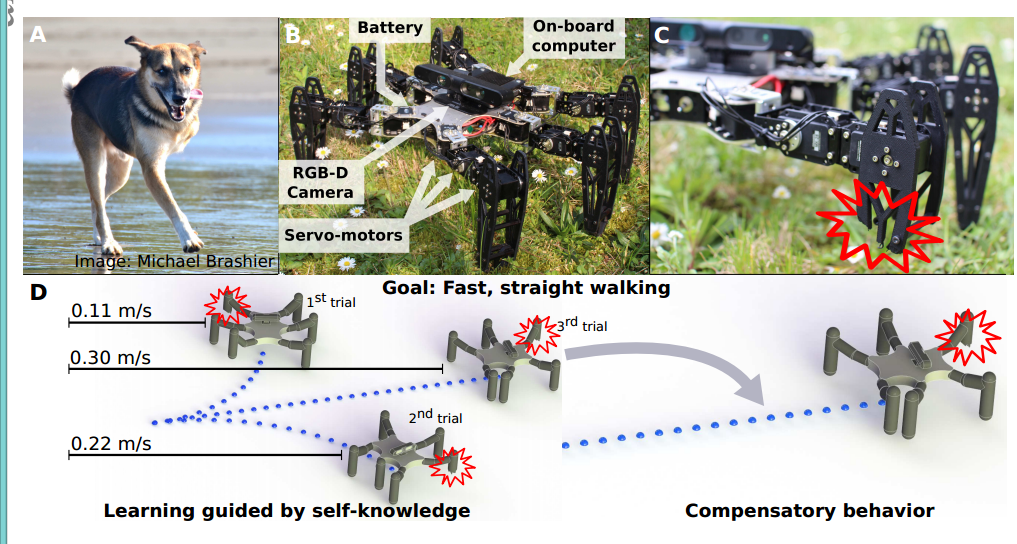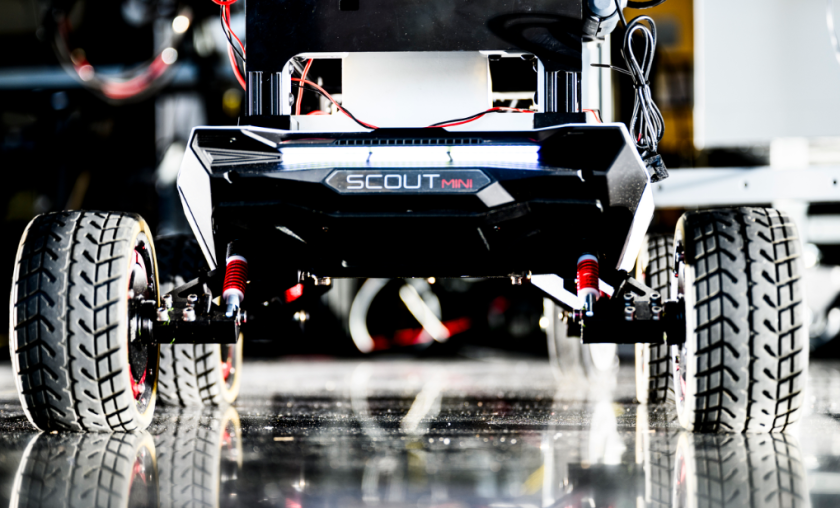Last year, a set of researchers at the Sorbonne University, Paris created a hexapod that was able to figure out how to walk even after one of its legs was malfunctioned, just like animals do. The robot was very much dependent on an experimental discovery to carry out the best gait to surmount the caused damaged. This meant that it analyzed then entire stuff that has been programmed into it to figure out the best possible way. Although, this worked fine but it consumed nearly 20 minutes every time it changed the course.
Lately, the same group of researchers led by Antoine Cully has come up with another approach, which reduced the time to 2 minutes by removing the major portion corresponding to the experimental discovery step. This time, the bot evaluates the pre-discovered gaits by first evaluating them and finally picks the most suitable option.
Repertoire of 13,000 gaits
The new repertoire is an extensive collection of nearly 13,000 diverse gaits. Simulation alone took 2 weeks, which means creation of 20m iterations of a gait generation algorithm. These iterations were part of the design time and hence were done before deployment, thus, saving the overall time. Take a sneak peak at the video below:
Reducing time from 20 minutes to 2 minutes is indeed a big step towards achieving effectiveness since the small bots have limited computational power and battery life. Researchers envision developing simple and low cost robots for efficient deployment, so anything that makes each one of them capable would have a higher chance of performing the task better and reliable.
This new approach would surely put a great impact on the future of robotics when robots would be part of everyone’s life especially for daily household chores, assisting elderly and working next to humans in factories and workshops.
Source: Medium




